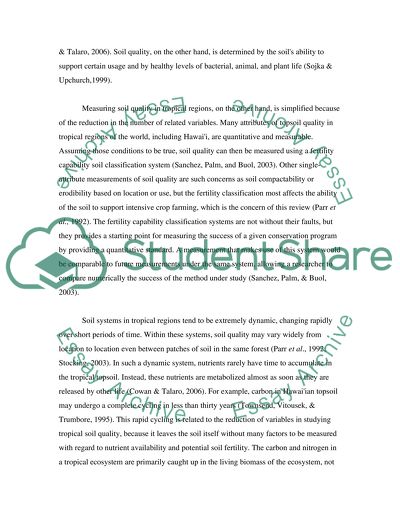Cite this document
(“Conserving Soil Quality On Farms In Hawaii Research Paper”, n.d.)
Retrieved from https://studentshare.org/family-consumer-science/1410249-conserving-soil-quality-on-farms-in-hawaii
Retrieved from https://studentshare.org/family-consumer-science/1410249-conserving-soil-quality-on-farms-in-hawaii
(Conserving Soil Quality On Farms In Hawaii Research Paper)
https://studentshare.org/family-consumer-science/1410249-conserving-soil-quality-on-farms-in-hawaii.
https://studentshare.org/family-consumer-science/1410249-conserving-soil-quality-on-farms-in-hawaii.
“Conserving Soil Quality On Farms In Hawaii Research Paper”, n.d. https://studentshare.org/family-consumer-science/1410249-conserving-soil-quality-on-farms-in-hawaii.


